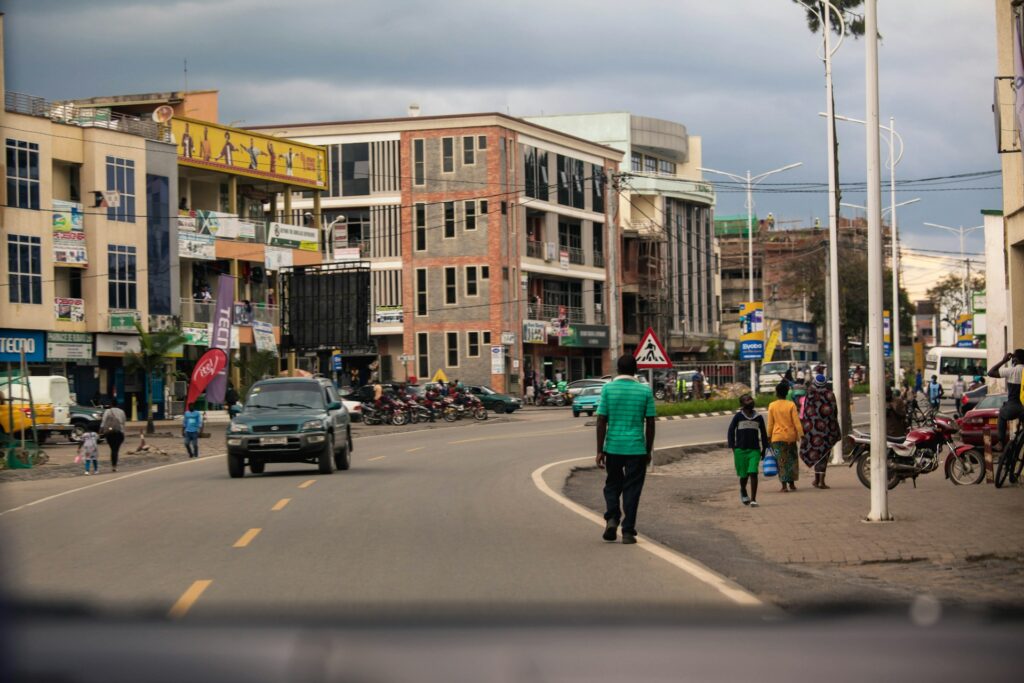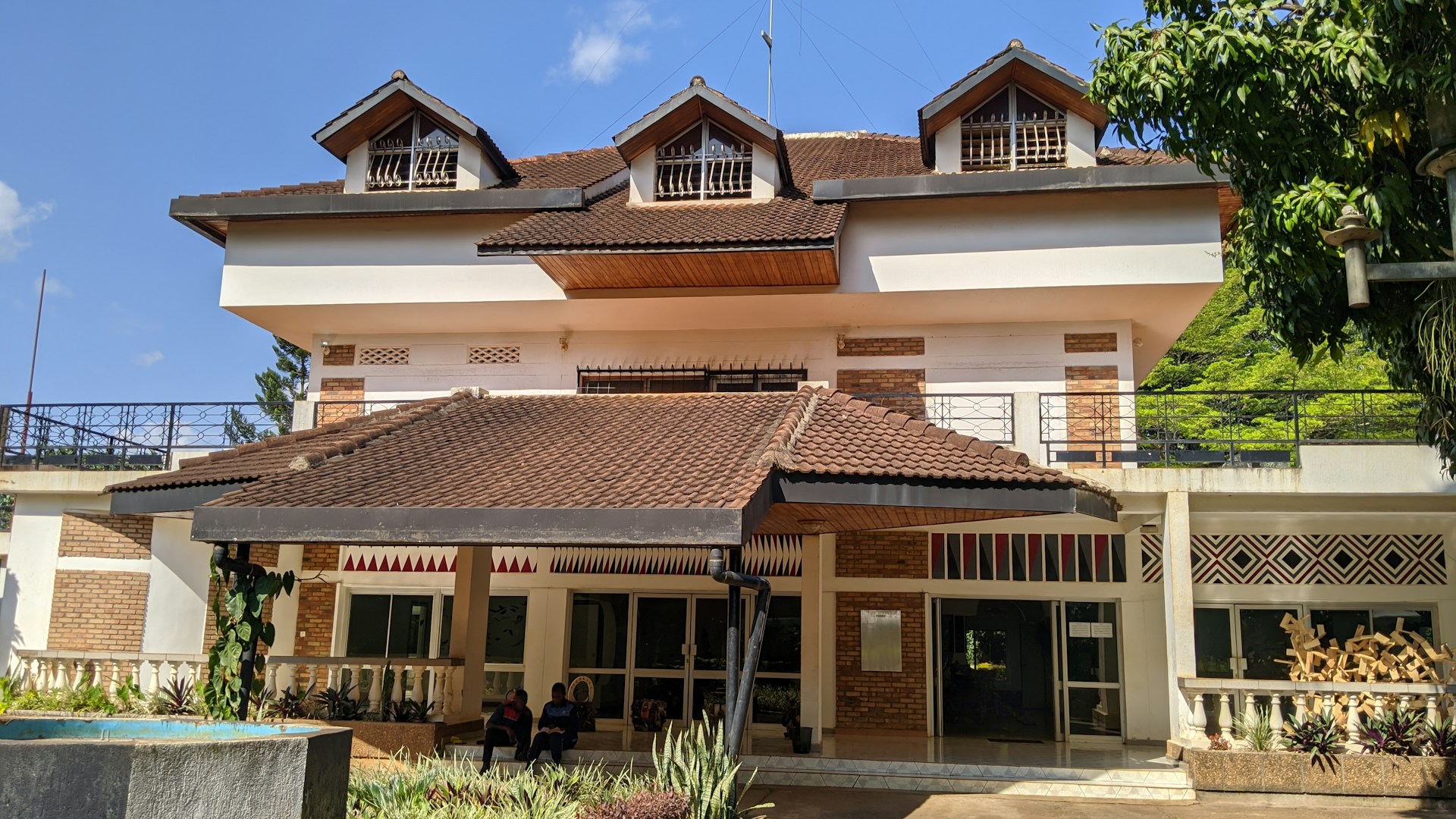Breaking the Cost of Housing in Rwanda
The housing market demand study highlights the affordability issue and the cost of housing in Rwanda, with households unable to afford even the least expensive newly constructed developer homes.
To address this, we must begin by analyzing and understanding each cost component of a building.
By breaking down the total cost of housing in Rwanda, developers and policymakers can identify areas for potential savings and optimize conditions to lower selling prices.
Financial costs and taxes include various expenses related to financing the project and taxes associated with the property.
Financial costs can include interest payments on loans, fees related to securing financing, and other financial charges.
Taxes may include property taxes, sales taxes, and any other applicable taxes imposed by the local authorities.
Land costs refer to the price paid for acquiring the land on which the real estate project is developed.
The cost of land can vary significantly based on location, demand, and other factors.
Optimizing land costs may involve strategies such as negotiating favorable land purchase deals, exploring alternative land options, or considering land-use policies and regulations.
This will enable to reduce the cost of housing in Rwanda.

Development costs encompass a wide range of expenses incurred during the planning and execution of the real estate project.
These costs may include expenses related to architectural and engineering design, obtaining permits and approvals, conducting feasibility studies, conducting environmental assessments, and other pre-construction activities.
To reduce development costs, efficient project management, value engineering, and streamlined processes can be implemented.
Building costs are directly related to the physical construction of the buildings or units within the real estate project. This includes labour, materials, equipment, and contractor fees.
To reduce construction costs, various strategies can be employed, such as using cost-effective building materials, optimizing construction techniques, exploring alternative construction methods, and negotiating favorable contracts with contractors and suppliers to optimize the cost of housing in Rwanda.
Infrastructure costs involve the expenses associated with providing the necessary infrastructure to support the real estate project.
This can include constructing or upgrading roads, utilities, drainage systems, and other essential facilities.
Finding cost-effective solutions, leveraging existing infrastructure, exploring public-private partnerships, or obtaining government incentives can help in minimizing the cost of housing in Rwanda.
Around 84% of Rwandan households are registered landowners who build and occupy one home. This trend is dominant in rural areas but still accounts for 75% of urban households.
Service access varies by income, with on-site solutions like pit latrines being the primary wastewater management method.
In urban areas, 65% of owner-occupiers finance their homes through savings, 19% secure bank loans, and less than 5% borrow from friends or family. These self-builders operate outside the mortgage market and formal construction industry.
Landowner individual investors acquire plots to retrofit existing units or construct new homes for sale or rent. These properties are usually single-family or semi-detached homes, which may not be on contiguous plots.
They rely on existing water and electricity networks and use low-tech solutions like improved pit latrines for liquid waste disposal.
Typically, these investors deliver 1-5 homes per investment cycle and rely on the proceeds from selling or renting 1-2 units to finance the next project. Like landowner self-builders, they operate outside traditional housing finance and construction systems, relying on personal capital and labour to provide housing.
Landowner joint ventures bring neighboring landowners together to construct multi-family units on adjoining plots. They enable compliance with local regulations, introducing low-rise, higher-density housing in urban areas.
These ventures, comprising owner-occupied and rental units, formalize Rwanda’s informal rental market with land transaction and technical support. In informal neighbourhoods
Further the cost of housing in Rwanda can be reduced by micro-developers, whether in the informal or formal sector, play a significant role in housing provision.
In the informal sector, they are known as backyard landlords, constructing affordable rental housing through small, improvised structures with limited investment and substandard materials.
Infrastructure is ad hoc, and often shared. In the formal sector, micro-developers build single-family homes for sale in popular housing typologies.
With fewer than 20 units, they don’t need expensive wastewater treatment plants, relying on low-tech sanitation solutions.
Neither do they rely on formal construction finance, using their own funds or small unsecured loans for construction.
Nevertheless, reducing the cost of housing in Rwanda is a daunting task but can be catered if delt smartly.

